
Originally Posted by
mrriggs

I do remember seeing a list that showed the restriction sizes but can not for the life of me find it now. It's funny, that book was the first one I grabbed to look for it. Definitely a great book. Proven by the fact that they aren't telling you you pick a power valve based on half-manifold-vacuum-at-idle.
I may end up going with the numerically higher single stage power valve but wanted to at least try the two stage first. "Performance" is a relative term, it's meaning changes based on what it is the car is expected to perform. This car is my daily driver and has never seen a race track. In the arena that this car competes, gas mileage is the primary measure of "performance." I don't think I've found the "stupid-lean" point yet, it runs very well, high and low, just has one little bad spot in the middle. If anything, I think I need to continue leaning the transfer slots until it is too lean at low throttle settings then richen it up just enough to be happy.
Yep, I've had to readjust the base plate idle screws any time the air screws are changed.






 Reply With Quote
Reply With Quote

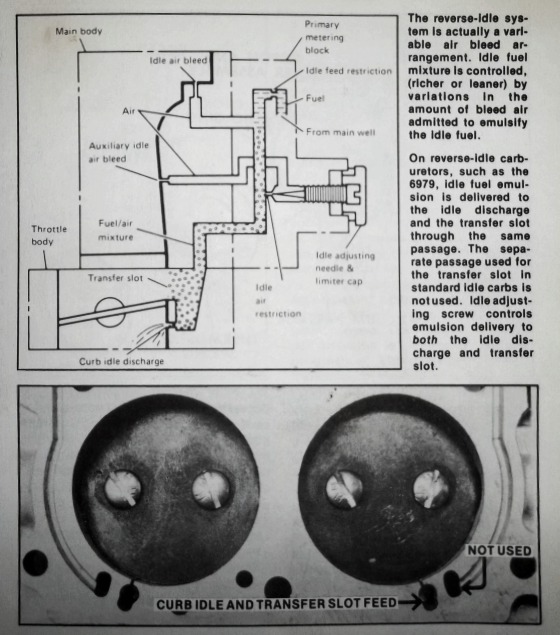


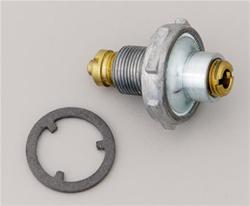
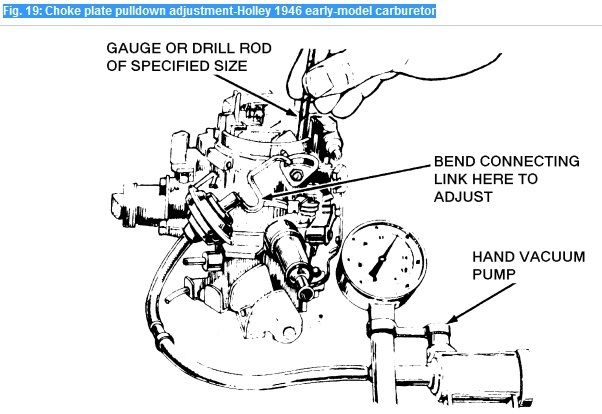
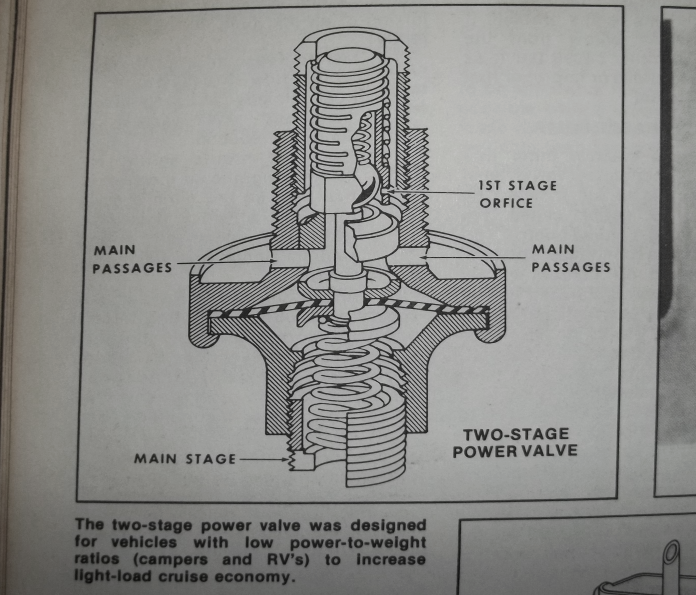
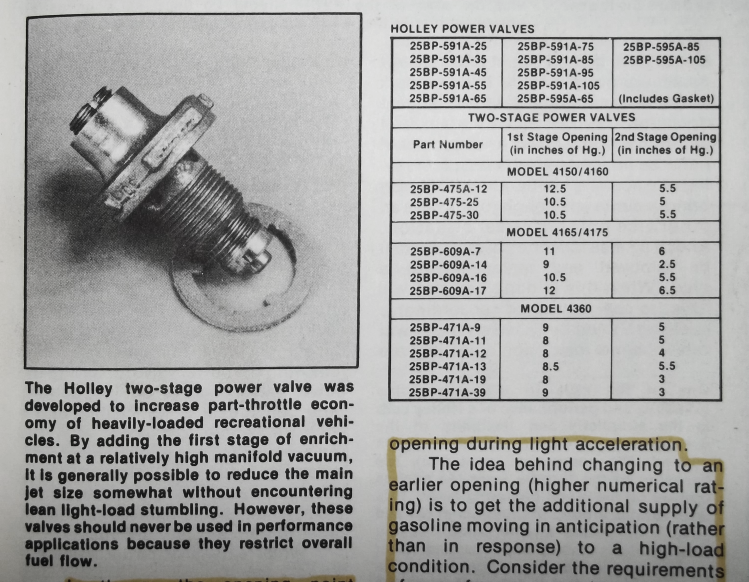
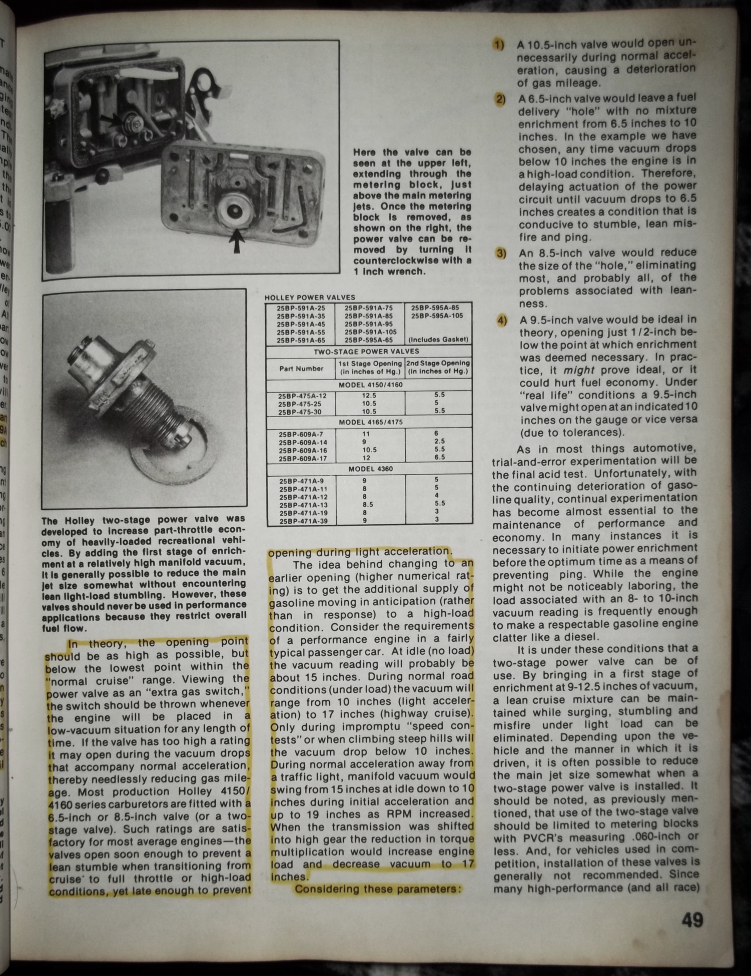



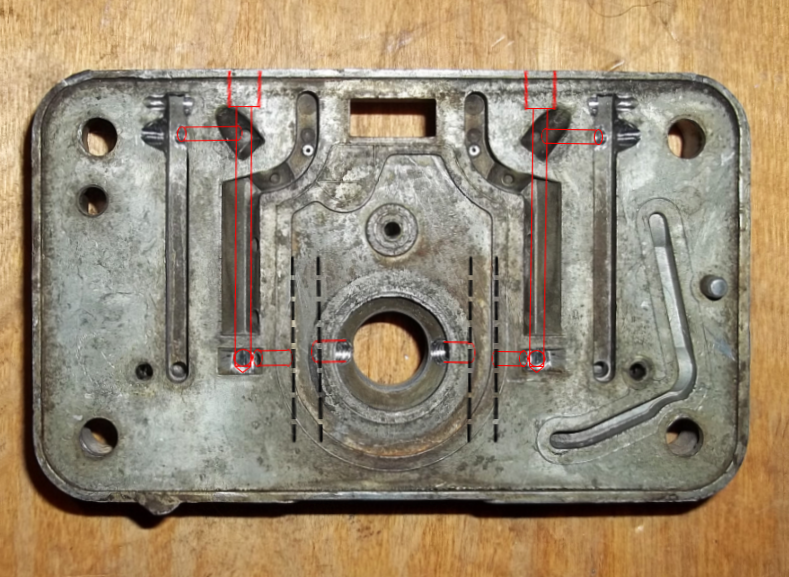
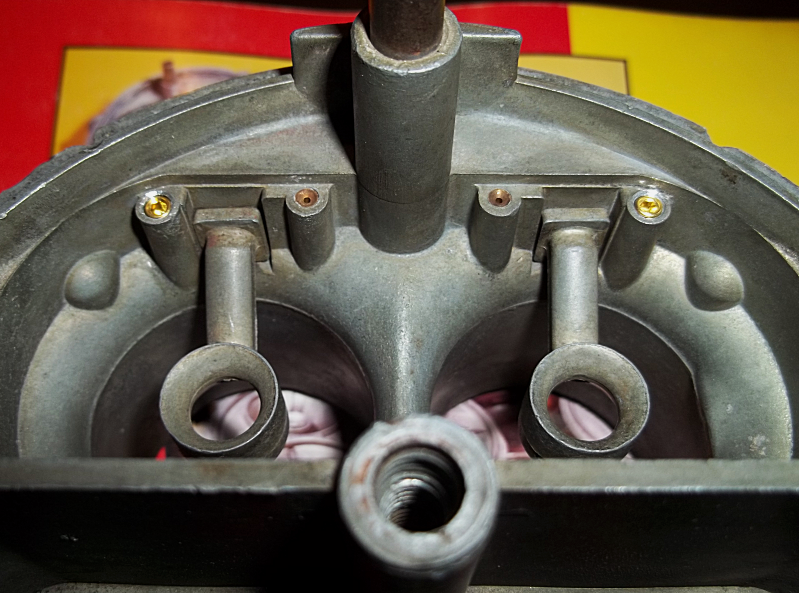


Connect With Us